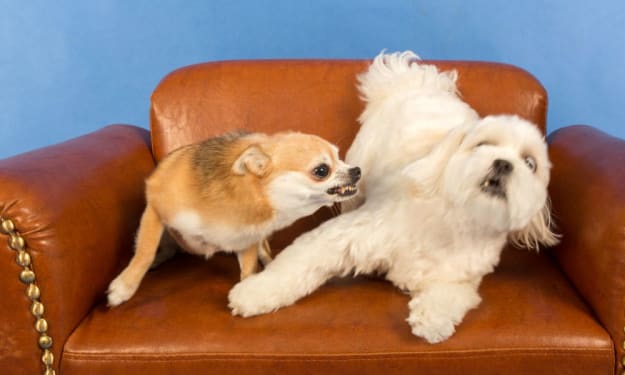Basic Puppy training in 5 simple steps
Puppy training

Training your new puppy is a critical step in building a happy and healthy relationship with your furry friend. Puppies are eager to learn and please their owners, making them the perfect candidates for training. With the right approach and techniques, you can easily teach your puppy the basic skills they need to become a well-behaved and confident companion.
Here are some of the key steps involved in basic puppy training:
1.Start with socialisation: Socialisation is the process of exposing your puppy to new experiences and environments in a controlled and positive way. This is a critical part of puppy training because it helps your puppy become confident and well-adjusted, reducing the likelihood of behavioral problems later in life. Some of the most important socialisation experiences for puppies include meeting new people, visiting new places, and encountering new sights and sounds.
2.Teach obedience: Obedience training is the foundation of basic puppy training. By teaching your puppy basic commands such as "sit," "stay," "come," and "heel," you are helping them understand what is expected of them and building a foundation for more advanced training in the future. Start with simple commands and gradually increase the difficulty as your puppy becomes more confident and skilled. Remember to reward your puppy with praise, treats, and play to reinforce their good behaviour.
3.House training: Potty training is an essential aspect of basic puppy training. The goal of house training is to teach your puppy when and where it is appropriate to eliminate. Start by setting a regular schedule for taking your puppy outside and using positive reinforcement, such as treats and praise, to encourage them to go potty in the designated area. Consistency and patience are key to success in house training, so be prepared to devote time and effort to this important task.
4.Chew training: Chewing is a natural and necessary behaviour for puppies, but it can also be a source of frustration for new dog owners. By providing your puppy with appropriate chew toys and teaching them what is and is not acceptable to chew, you can prevent chewing from becoming a problem. Start by supervising your puppy when they have access to chew toys, and replace inappropriate items with acceptable chew toys as soon as possible.
5.Leash training: Walking on a leash is an important skill for your puppy to learn. Start by using a lightweight, non-restrictive leash and gradually increase the length and weight as your puppy becomes more confident and skilled. During leash training, focus on teaching your puppy to walk calmly and close to your side. Use positive reinforcement, such as treats and praise, to reinforce good behaviour.
In addition to these basic training skills, it is also important to provide your puppy with plenty of exercise and playtime. Exercise not only helps to tire out your puppy, reducing the likelihood of destructive behaviour, but it also provides an opportunity for you to bond with your pet and reinforce their training.
When training your puppy, it is important to use positive reinforcement techniques and avoid punishment-based training methods. Positive reinforcement involves rewarding your puppy for good behavior, such as with treats or praise, while punishment-based training involves punishing your puppy for bad behavior, such as scolding or hitting. Positive reinforcement is more effective and humane than punishment-based training and is more likely to lead to lasting results.
In conclusion, basic puppy training is an essential step in building a happy and healthy relationship with your new furry friend. By providing your puppy with the right mix of socialization, obedience training, house training, chew training, and leash training, you can help them become a well-behaved and confident companion. Remember to be patient, consistent, and use positive reinforcement techniques to get the best results. With time and effort.
Here is a link to a recommended puppy training book:
About the Creator
Enjoyed the story? Support the Creator.
Subscribe for free to receive all their stories in your feed. You could also pledge your support or give them a one-off tip, letting them know you appreciate their work.





Comments
There are no comments for this story
Be the first to respond and start the conversation.